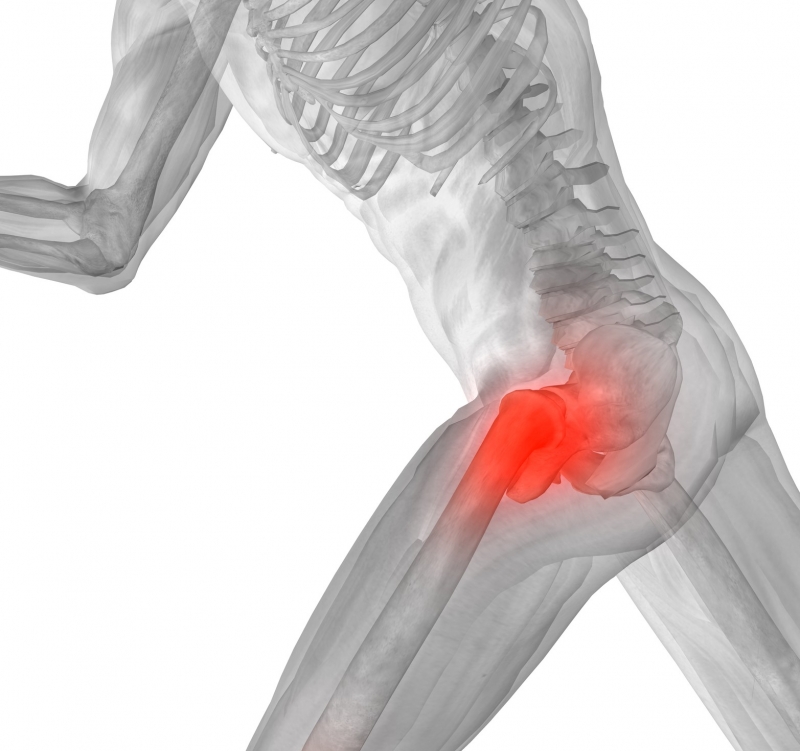
Hip pain is one of the most common medical problems caused by a wide variety of problems. The problem is more common in women as compared to men. Women belonging to the age group of 40-60 are extra vulnerable. Dr. Diwakar provides the best Hip Pain Treatment in Jhansi with the use of latest physiotherapy techniques and professional physiotherapists. The accurate location of the hip pain can provide indispensable clues regarding the cause of the issue. Injuries or overuse are some of the major causes.
Some underlying issues related to the hip joint tend to result in pain on the inside of your the or the groin. Some patients report hip pain on the outside of their hip, upper thigh or outer buttock. This is caused by problems with muscles, ligaments, tendons and other soft tissues surrounding the hip joint. Diseases and conditions in other areas of the body, such as the lower back can also sometimes cause hip pain. This type of pain is known as referred pain.
The hip attaches the leg to the torso of the body and is a ball and socket joint. A lot of factors causing hip pain arise from the joint itself. However, a lesser known fact is that there are a lot of structures surrounding the hip that can also be the source of pain. Trauma is also a possible cause of hip pain. Besides that, any source of inflammation can cause pain in the hip area.
A lot of factors are responsible for Hip Pain. The past medical history of the patient plays an important role too. Some of the most common causes are -
The symptoms of hip pain vary from patient to patient. Symptoms usually depend on the cause and vary in intensity from mild to severe. In case of extreme severity, it can be a cause of disability. Some of the most common symptoms reported by a majority of patients are -
Depending on the cause of your hip pain, the patient might feel discomfort in -
The diagnosis of hip pain usually begins with the health care professionals diagnosing the hip pain with analysis of the complete medical history of the patient along with a physical examination. The procedures involved in physical examination such as internally and externally rotating the hip can be used to figure out pain-aggravating positions.
Apart from that, tenderness can be judged by palpating over inflamed areas. Straight leg raising can confirm the presence or absence of Sciatica. A health care professional may use imaging studies such as X-rays, CT scans, and MRI scans, to further judge the exact causes of hip pain. Sometimes, the doctor needs to use nuclear medicine bone scans to form images of inflamed or fractured bone.
Panchsheel Physiotherapy Clinic has increasingly been proposed as an effective treatment for hip pain in Jhansi. The patient must not ignore the symptoms and consult a qualified physiotherapist to get a customized treatment plan designed. Apart from that, the patient can get some quick relief from hip pain at night by making changes to exercise and sleep routines, along with some other lifestyle changes. The physiotherapist can suggest suitable exercises in order to manage the pain. The physiotherapy program, in general, includes kneeling hip flexor stretch, hip mobility exercise, bridges, side lying hip abduction and single knee to chest exercise.
Exercise
Dr. Diwakar a best physiotherapist can recommend specific exercises to increase the strength and flexibility of the hip.
Sleep and lifestyle
The overall lifestyle of the person also helps in providing relief from hip pain. Changing a regular sleeping position can help improve the situation.